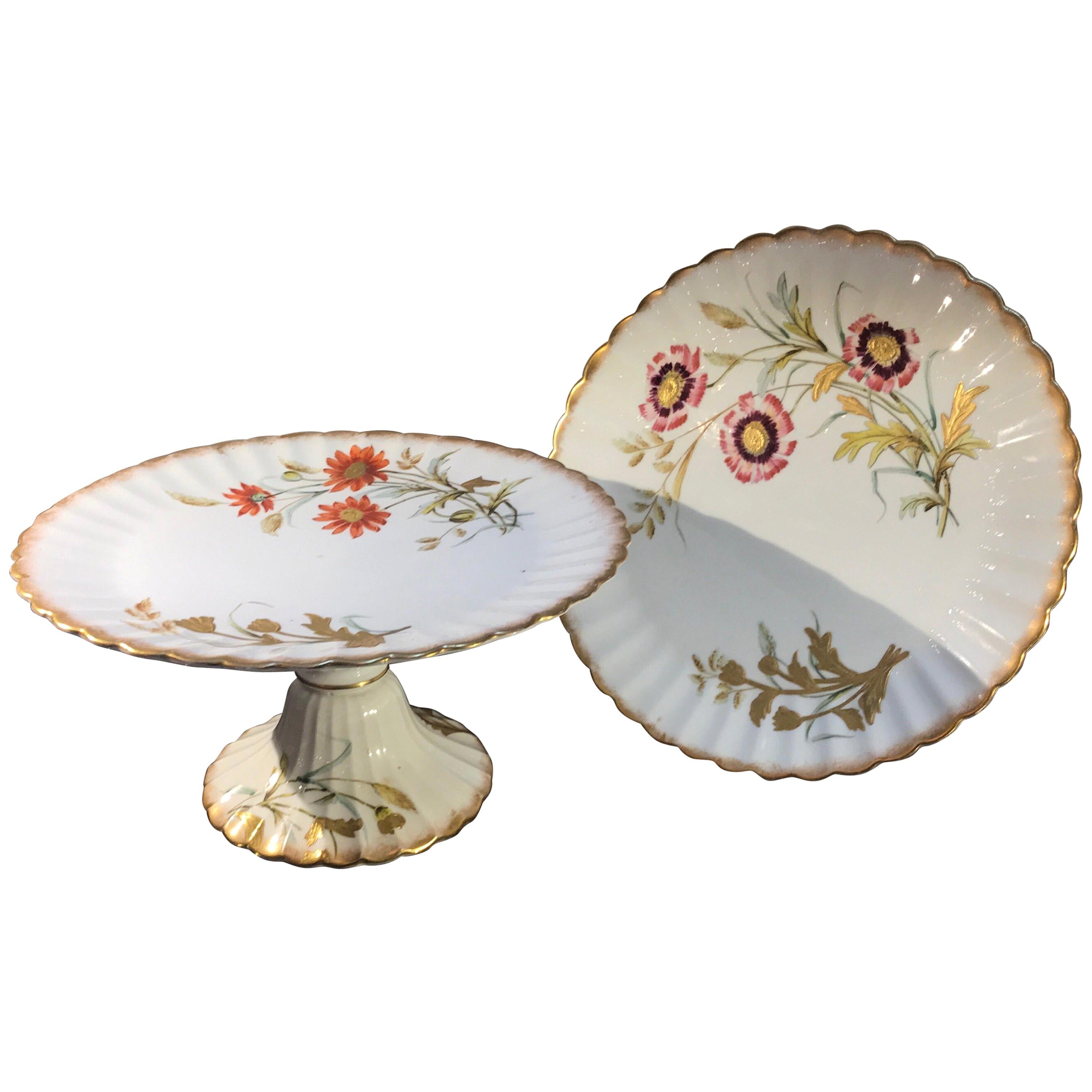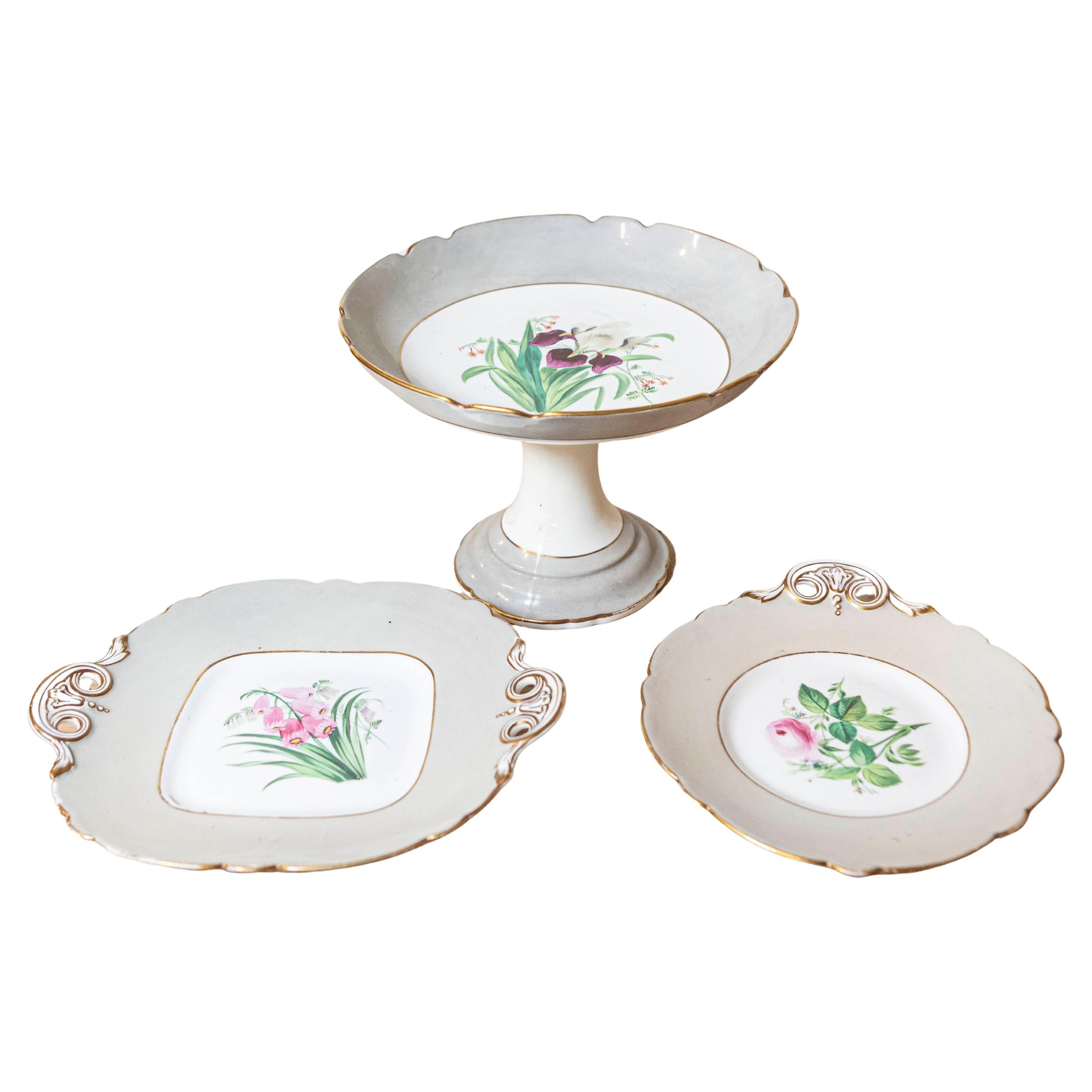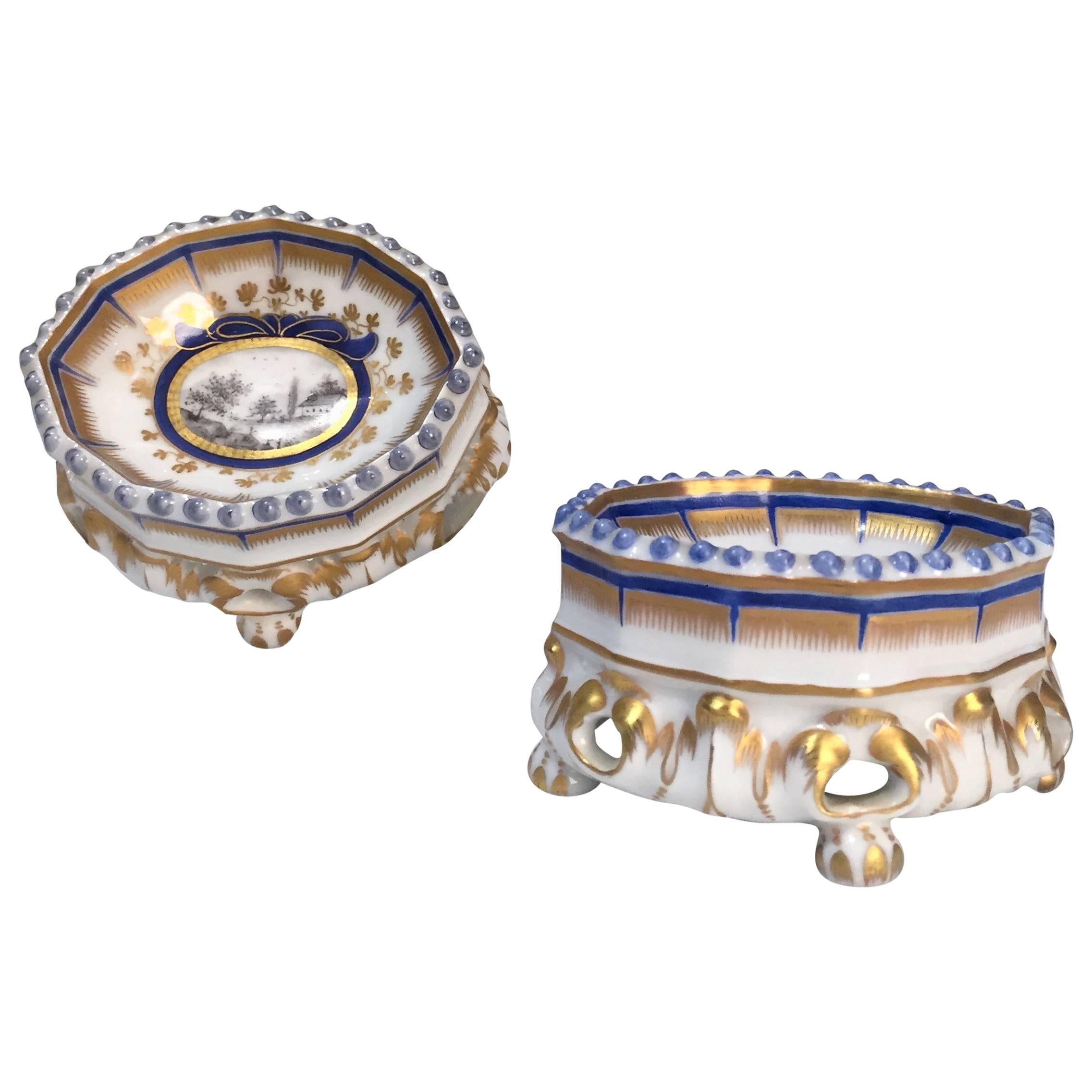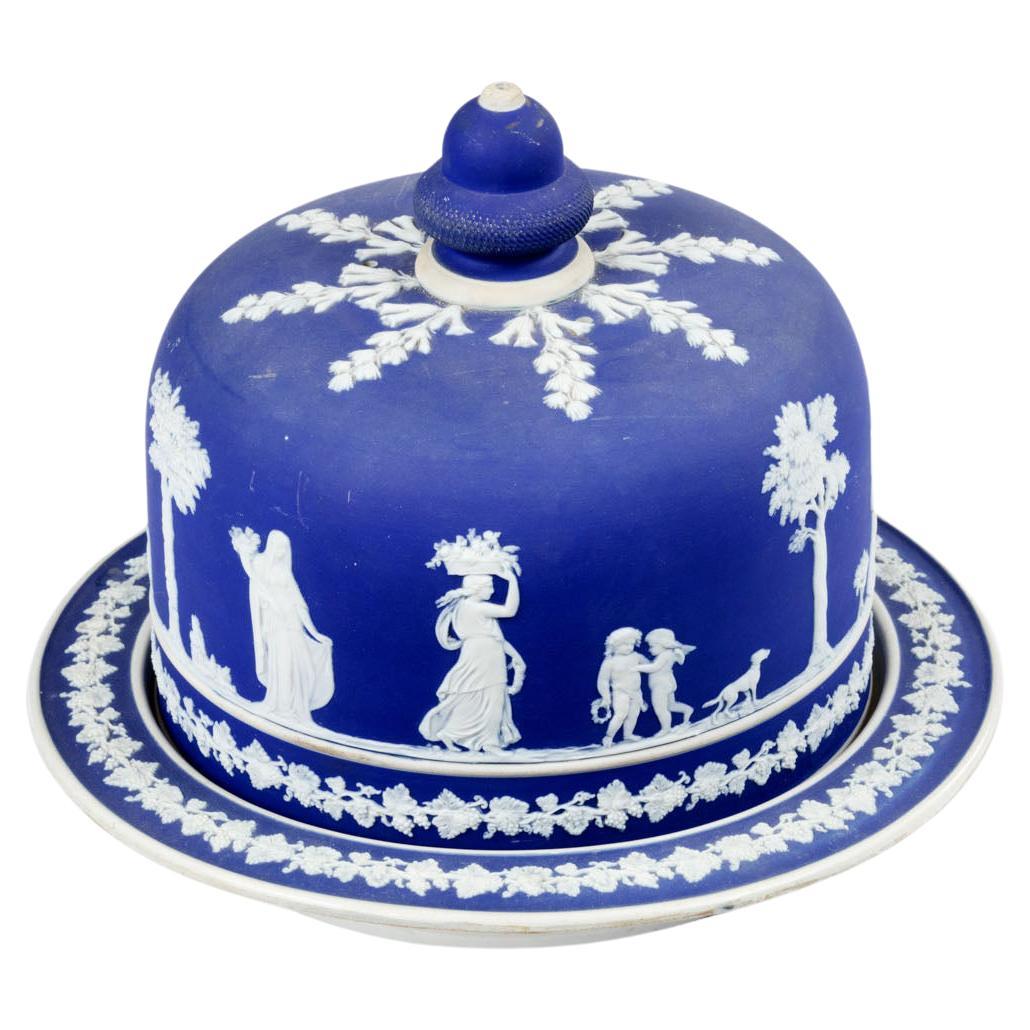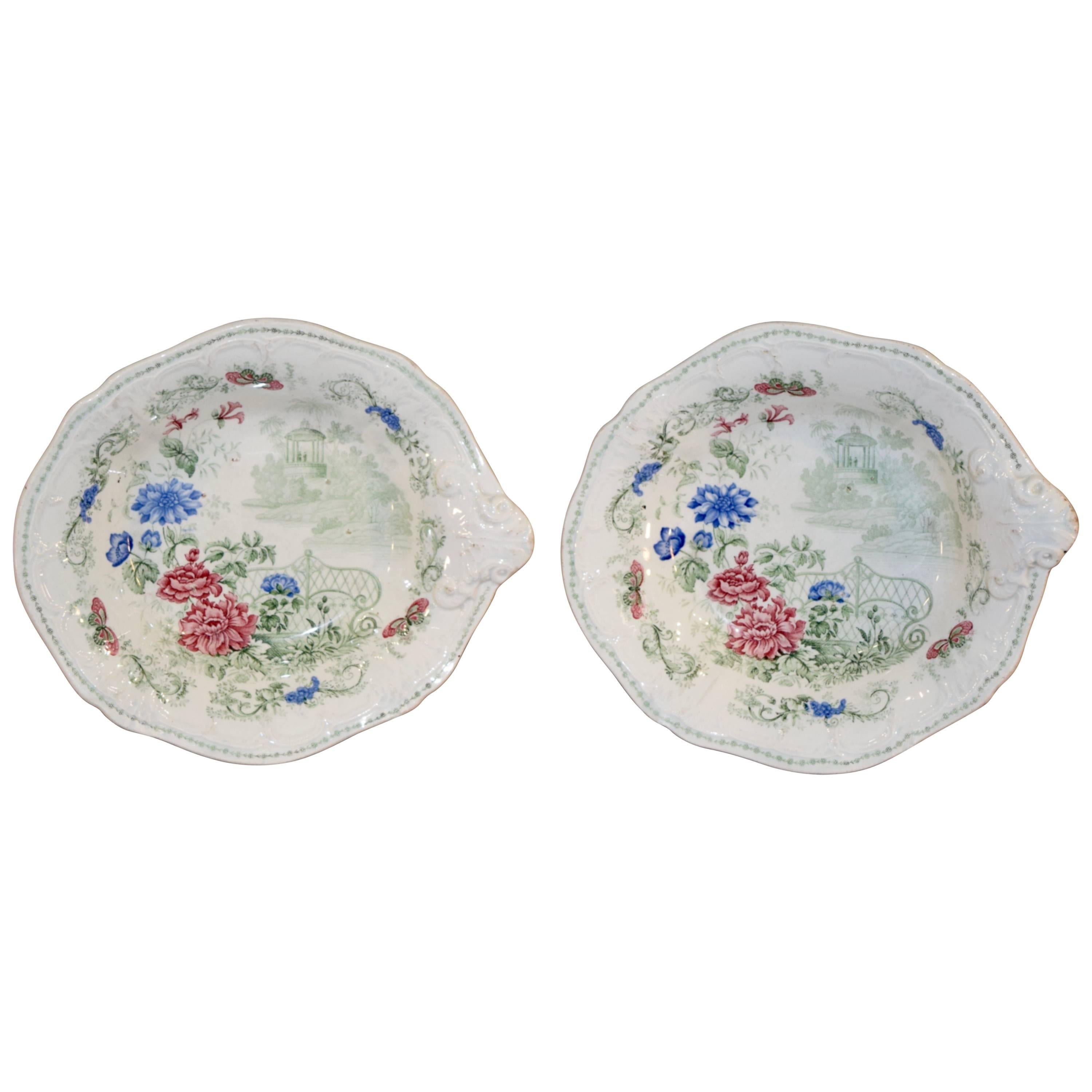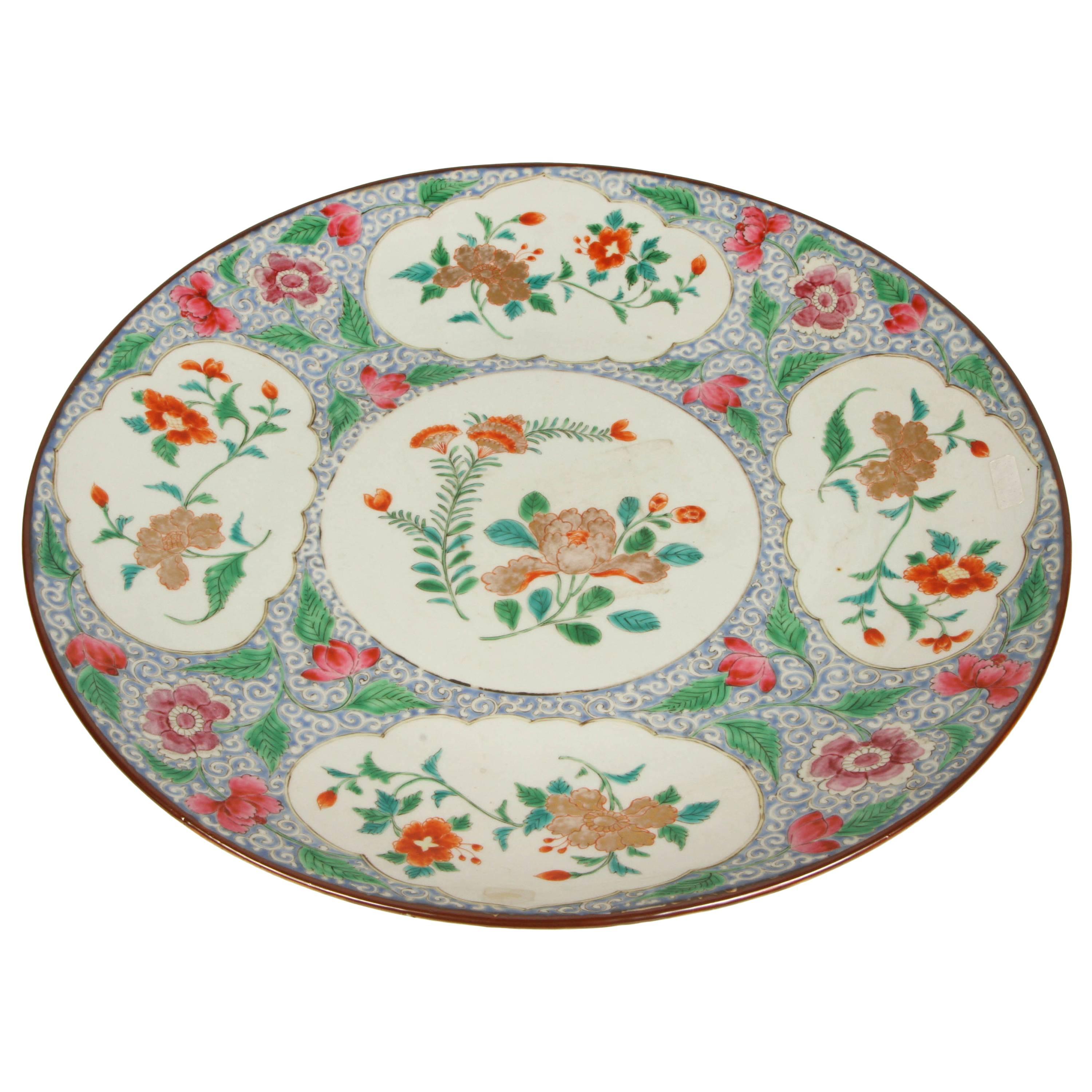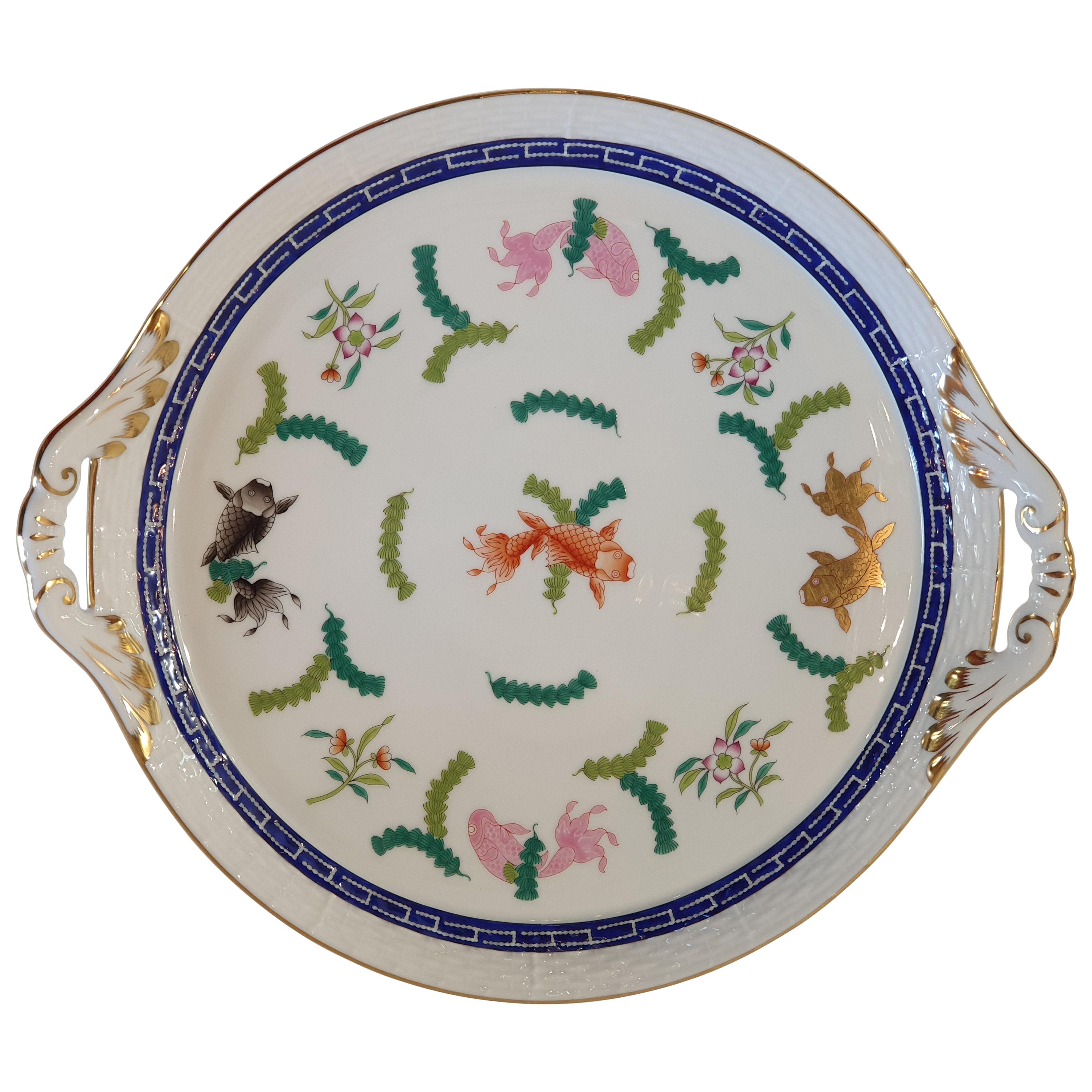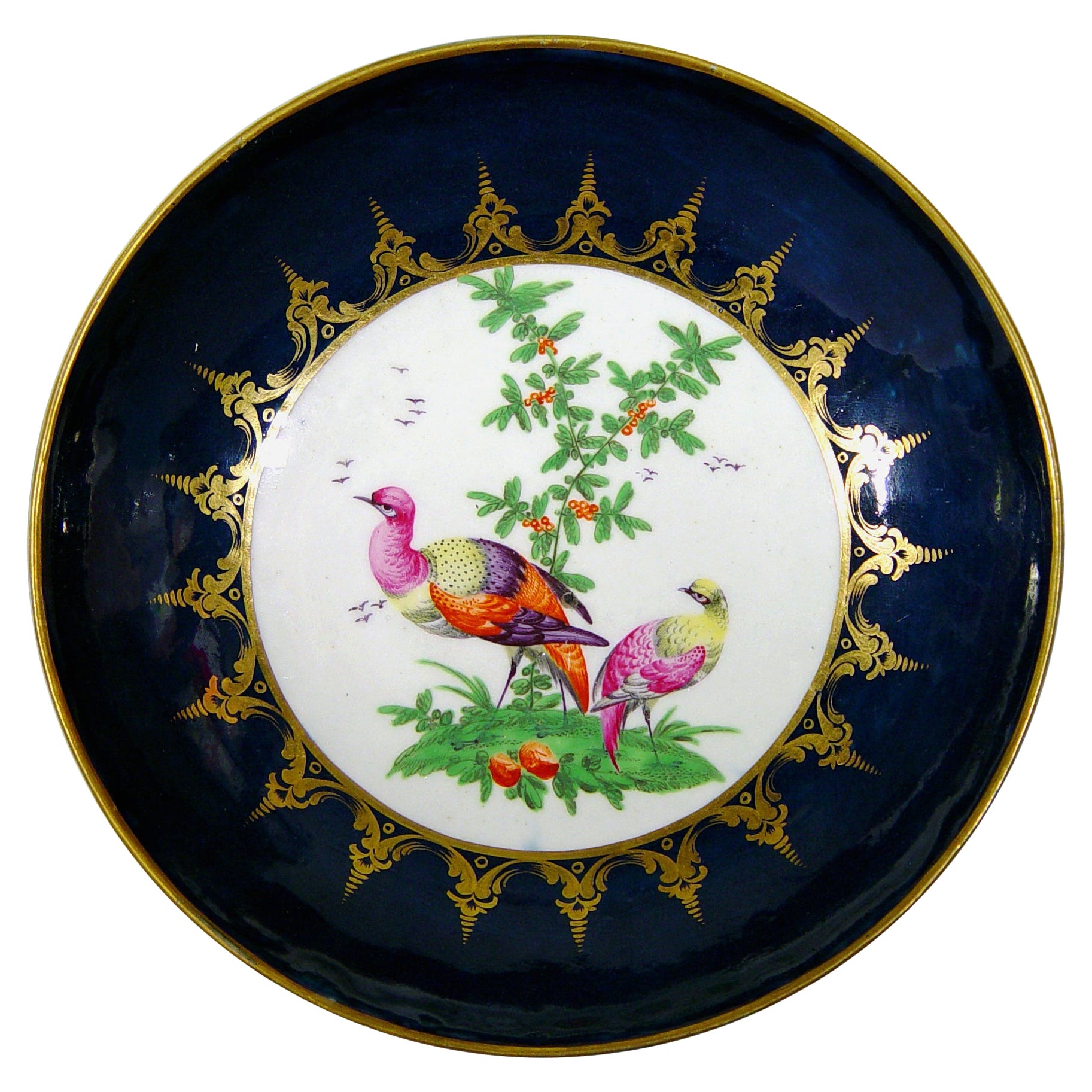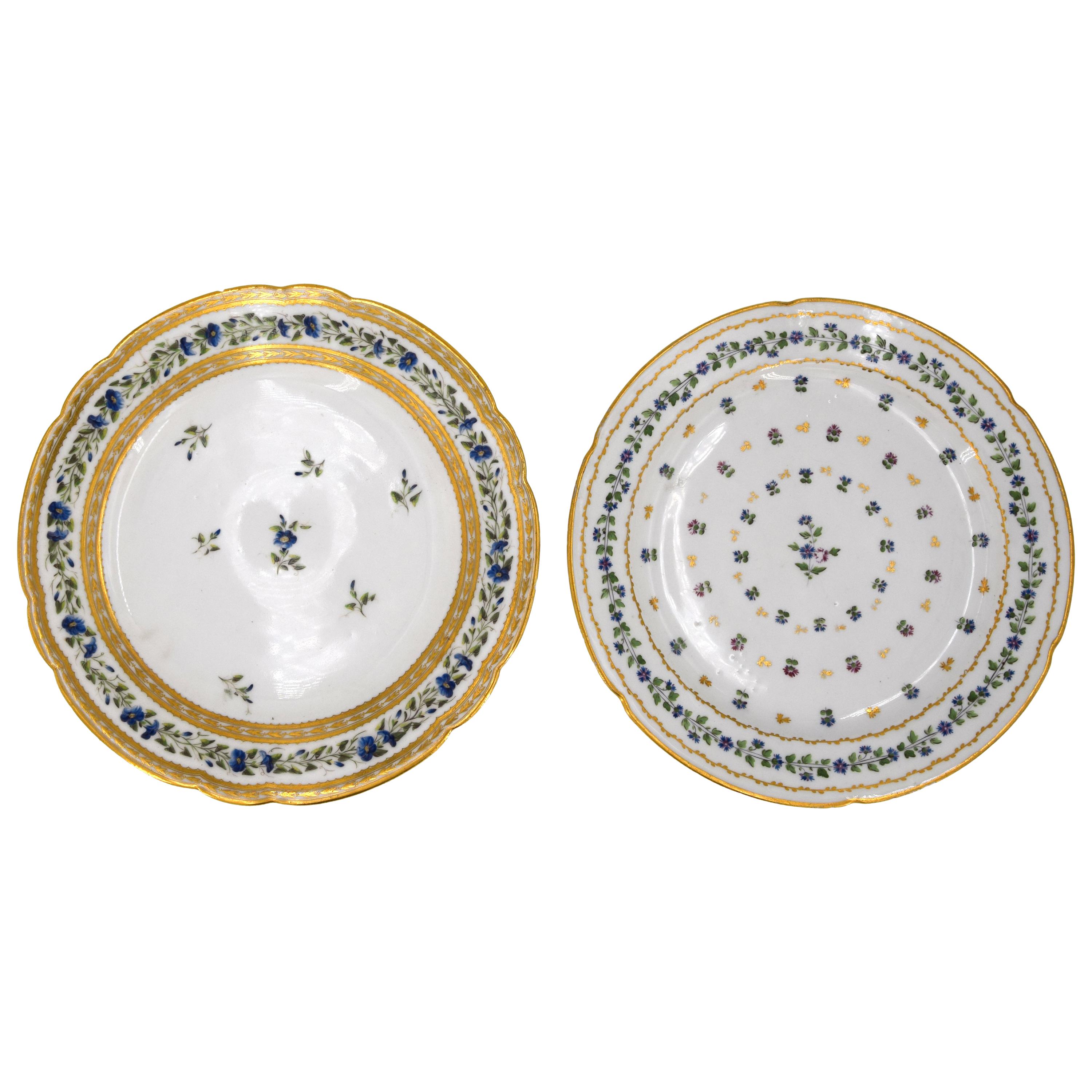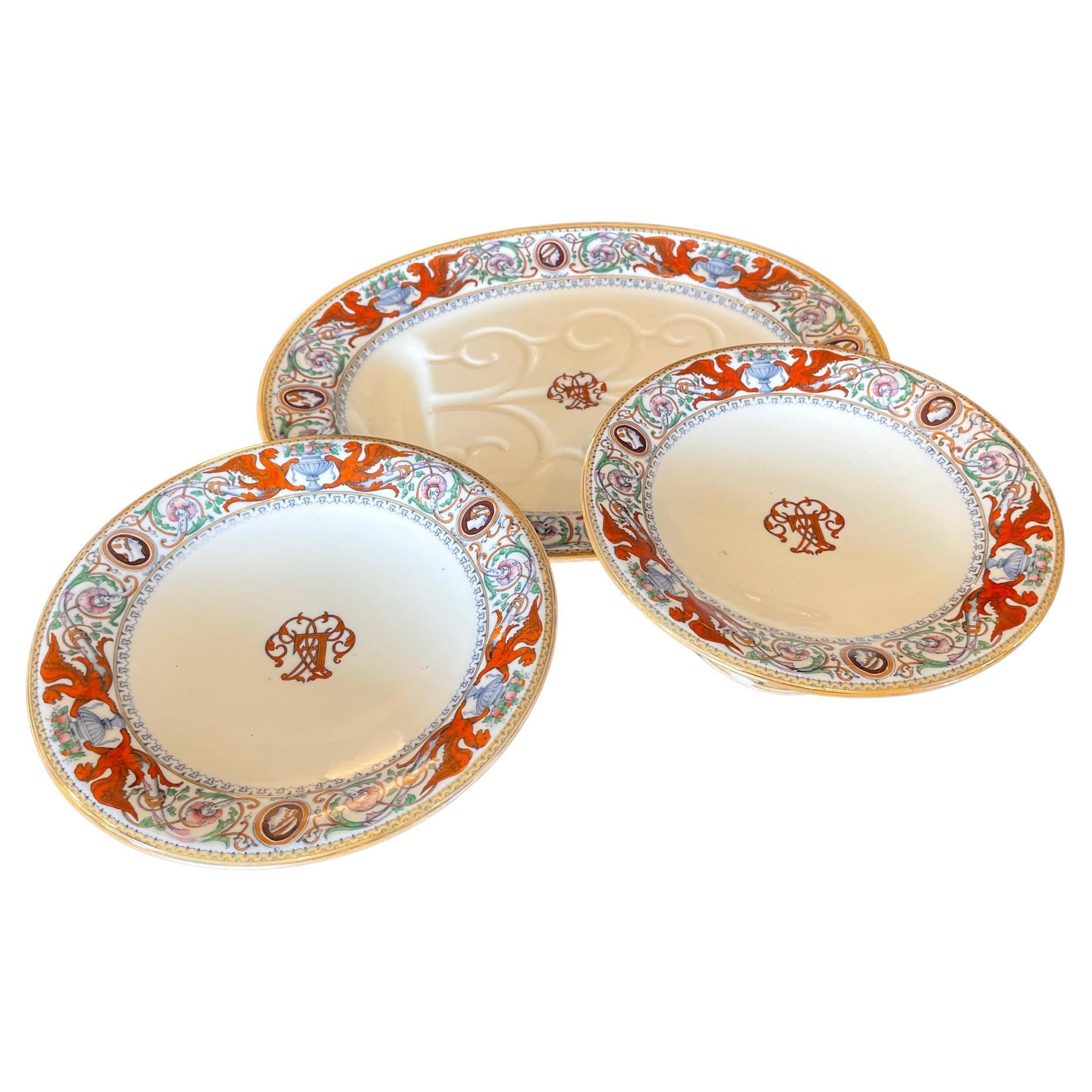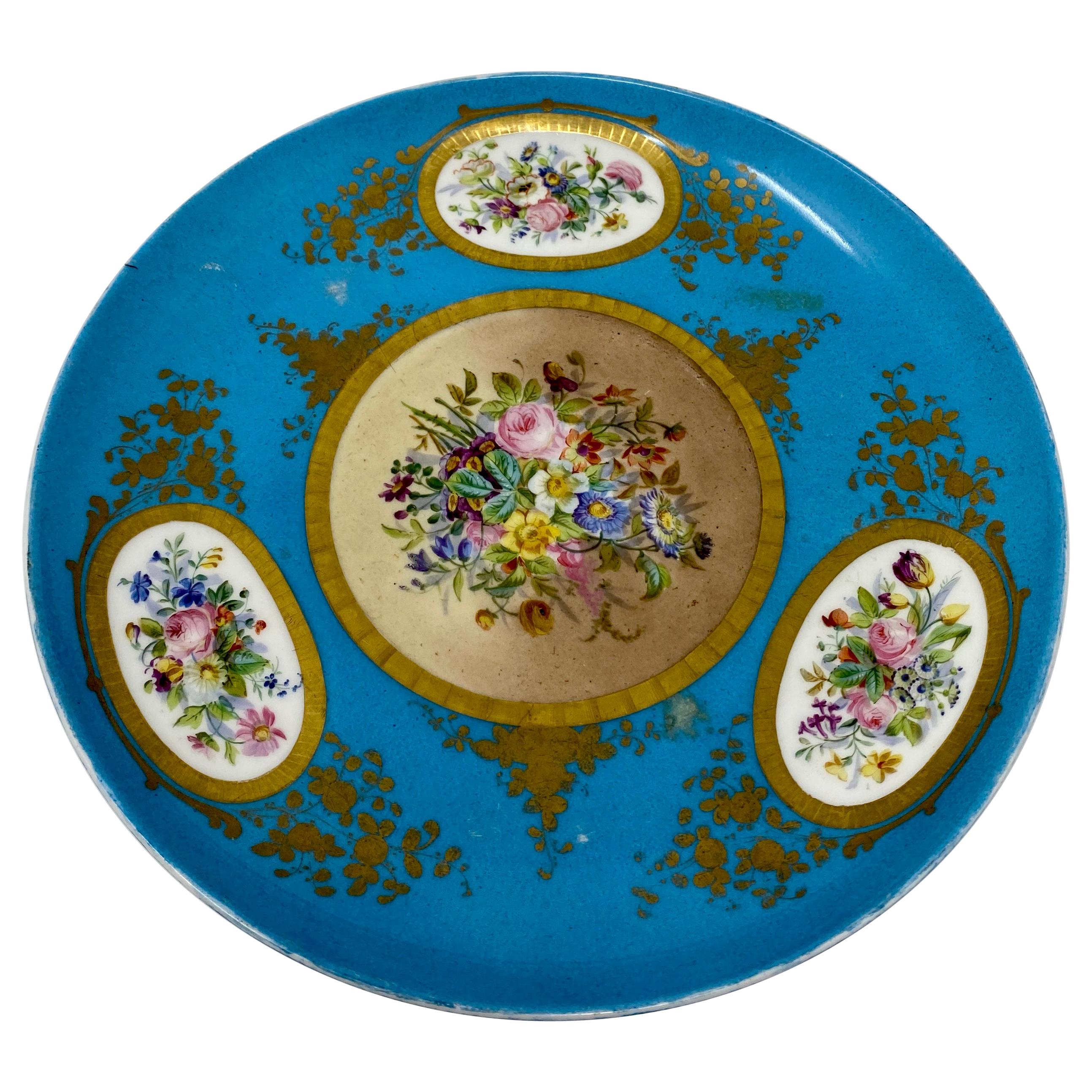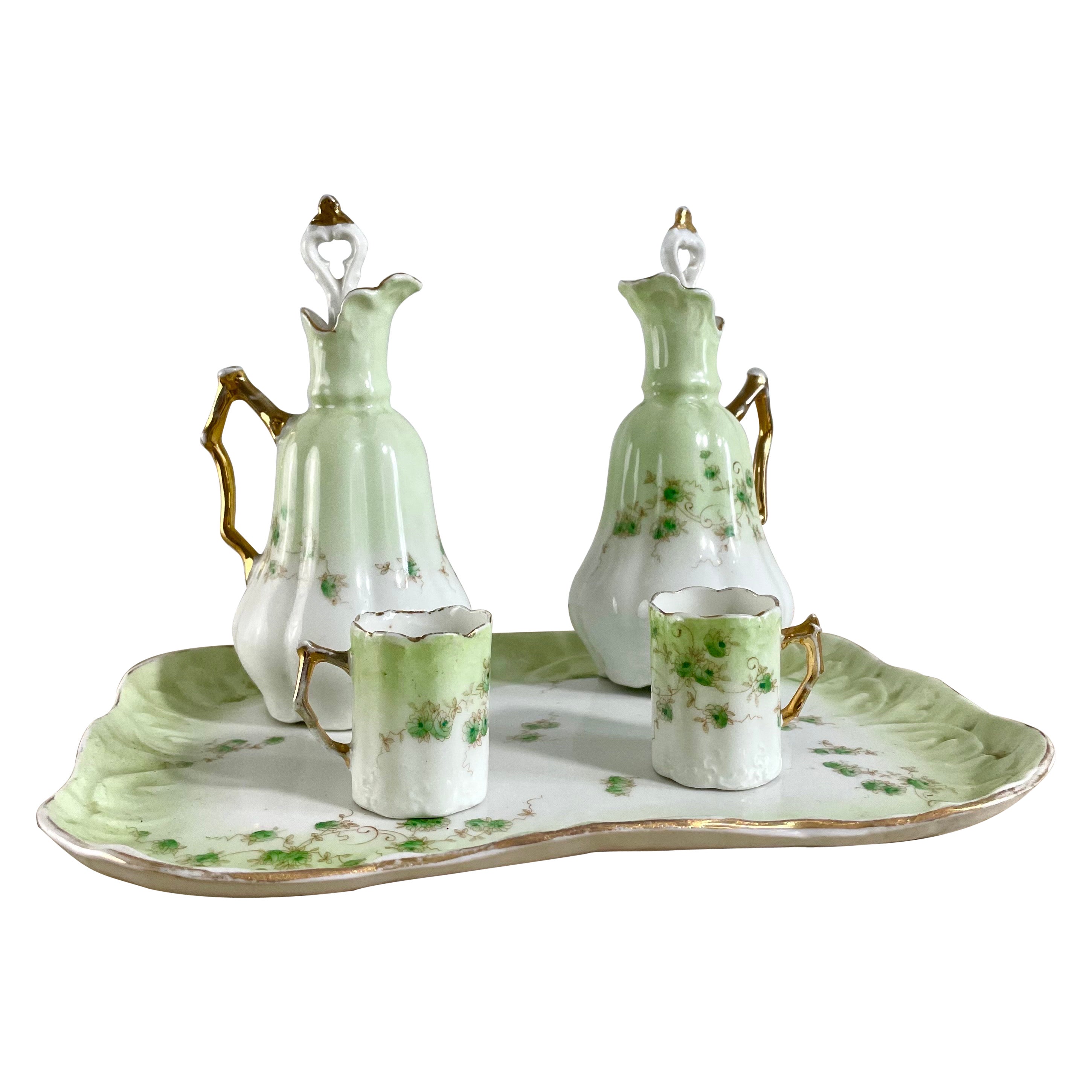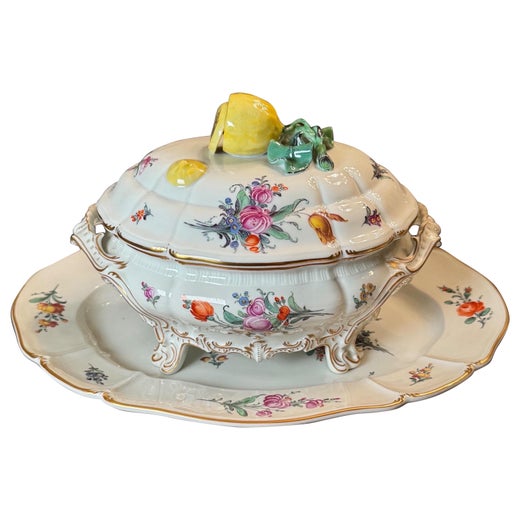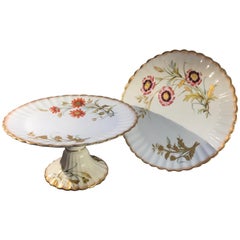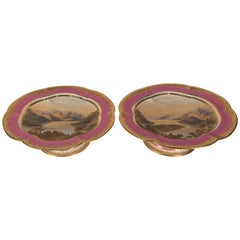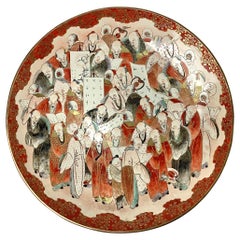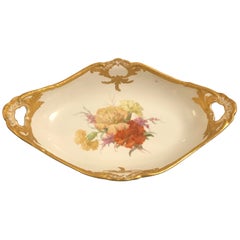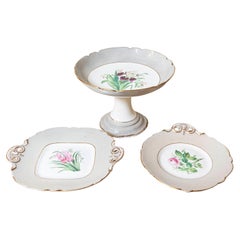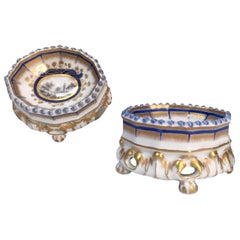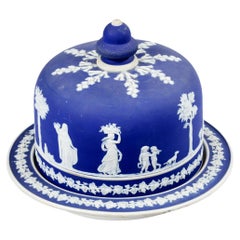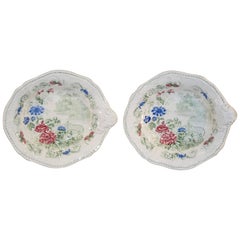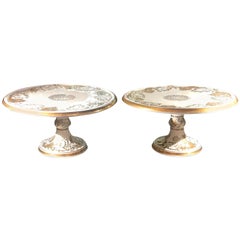
Pair of 19th Century Nymphenburg Porcelain Pedestal Compote Cake Plates
View Similar Items
Pair of 19th Century Nymphenburg Porcelain Pedestal Compote Cake Plates
About the Item
- Creator:Nymphenburg Porcelain (Maker)
- Dimensions:Height: 6 in (15.24 cm)Diameter: 11.25 in (28.58 cm)
- Sold As:Set of 2
- Materials and Techniques:
- Place of Origin:
- Period:
- Date of Manufacture:1890s
- Condition:Excellent condition, no breaks or repairs.
- Seller Location:Lambertville, NJ
- Reference Number:Seller: 10111stDibs: LU1308212466163
Nymphenburg Porcelain
Nymphenburg — one of Europe’s most venerable porcelain factories — was founded near Munich in 1747 by Maximilian III Joseph, the elector of Bavaria. It didn’t begin producing under the name we know today, however, until 1761, when it was moved to Nymphenburg Palace.
Porcelain was invented in East Asia around 2,000 years ago, and its formula, which requires a special clay called kaolin, became a closely guarded secret. It wasn’t until the early 1700s that chemists at Meissen, Germany, in the employ of Augustus II the Strong, the elector of Saxony, discovered a process for making true, as opposed to soft-paste, porcelain. Soon factories across Europe were producing fine porcelain services and sculpture for an elite clientele.
Nymphenburg was one of these factories, manufacturing elaborate services for dinner, dessert, coffee and tea, and sculptures for the Bavarian nobility. Round objects, such as Nymphenburg plates and vases, were turned on potter’s wheels, while more complex ones, like figures, were slip cast in molds. This technique ensured that the pieces’ dimensions were precise and consistent. Once shaped, they were fired and, after that, hand-decorated by experienced china painters, who finished each to exacting standards.
Among Nymphenburg’s most famous objects are its lively and charming Rococo-style figurines, most often depicting Commedia dell'Arte characters or exotic Chinese figures. Today, the company makes versions of its historic figurines with updated forms and decorations by such designers as Christian Lacroix and Vivienne Westwood.
It also still makes one of its earliest, and eternally popular, china patterns: the floral Cumberland, created in 1765 by Franz Anton Bustelli as the electoral court service. Cumberland is one of more than 20,000 patterns housed today in Nymphenburg’s archive, enabling owners of incomplete sets to find replacements. In addition, the company has engaged contemporary designers such as Ted Muehling and Hella Jongerius to create witty new designs that celebrate the firm’s history while giving it a fresh spin.
Find authentic Nymphenburg Porcelain decorative objects, tableware and other items on 1stDibs.
More From This Seller
View AllAntique 1880s English Victorian Porcelain
Porcelain
Antique Mid-19th Century English Porcelain
Porcelain
Antique 19th Century Chinese Ceramics
Porcelain
Antique 1880s German Porcelain
Porcelain
Antique 1880s Austrian Paintings
Porcelain, Giltwood
Antique 1880s French Aesthetic Movement Paintings
Porcelain, Giltwood
You May Also Like
Antique 19th Century English Platters and Serveware
Porcelain
Antique Mid-19th Century German Rococo Revival Porcelain
Porcelain
Antique Early 19th Century English Neoclassical Platters and Serveware
Porcelain
Antique 19th Century English Victorian Porcelain
Ironstone
Antique Mid-19th Century Chinese Qing Porcelain
Porcelain
2010s Hungarian Chinoiserie Porcelain
Porcelain
